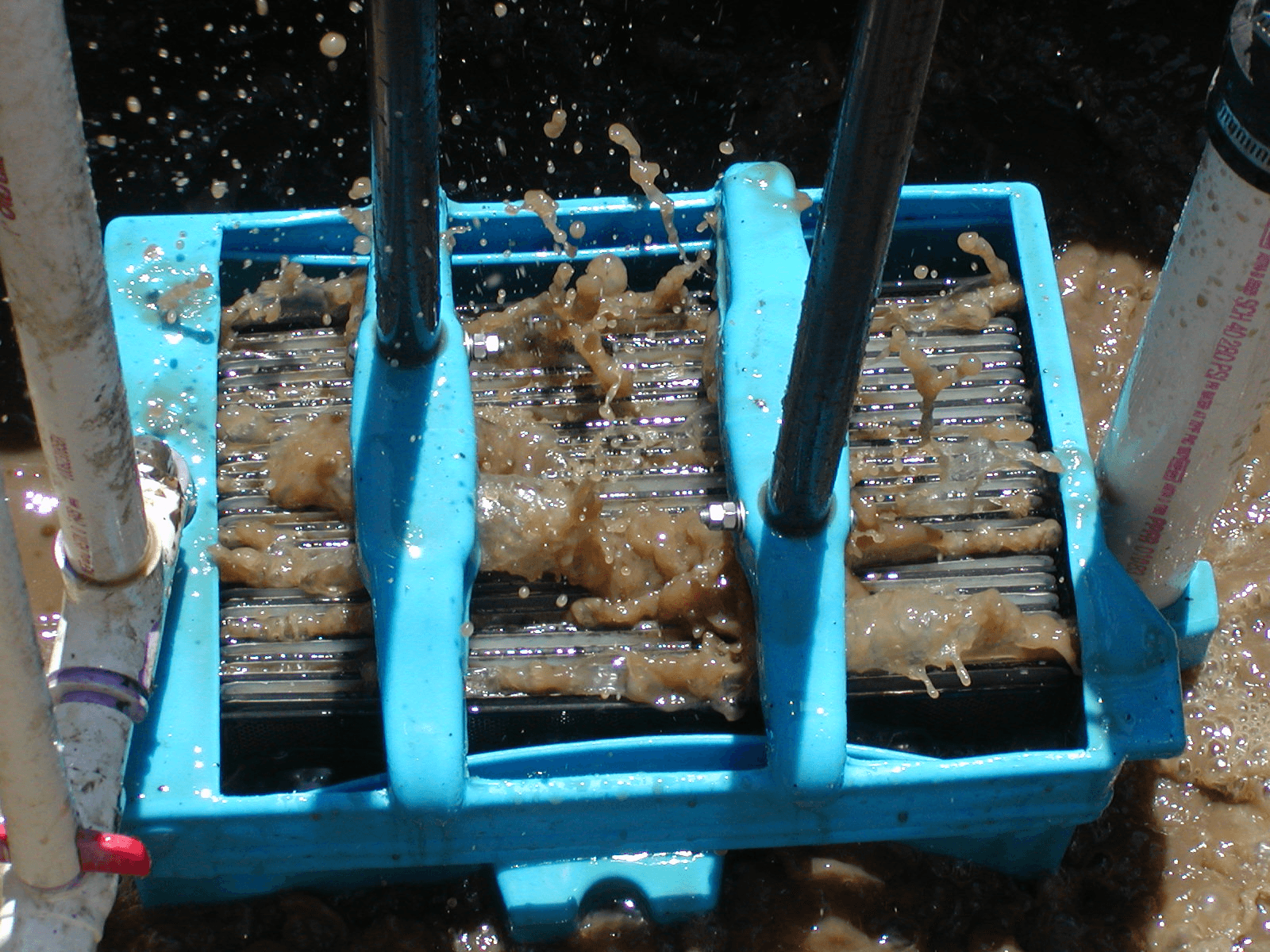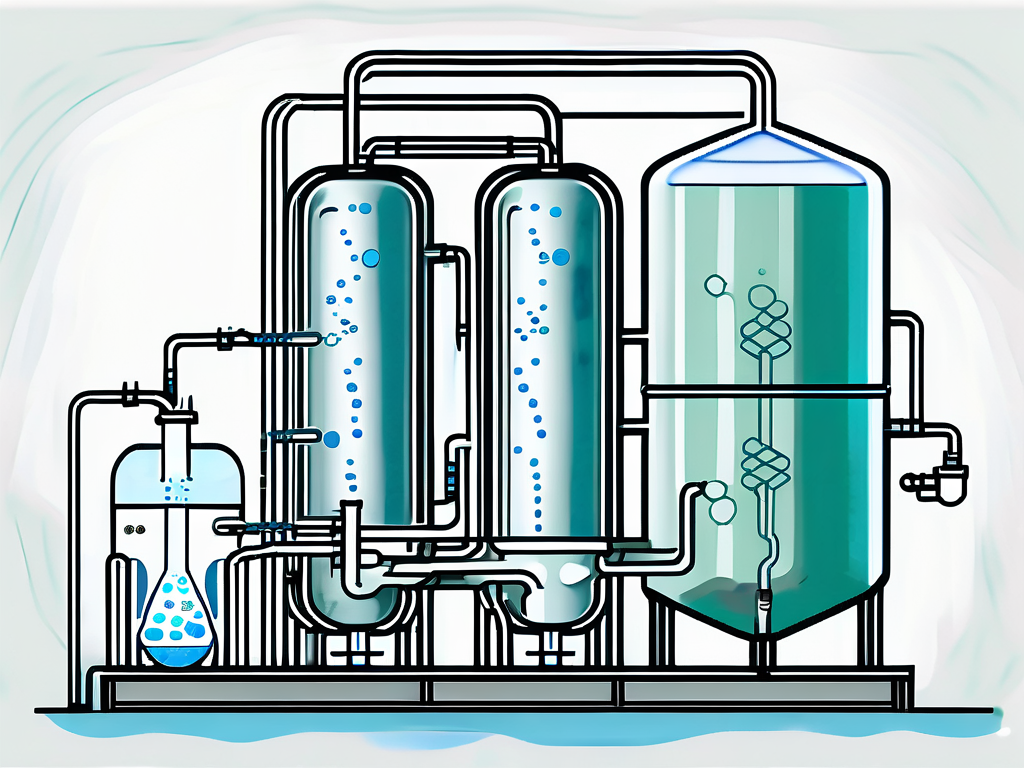Membrane Bioreactor Systems: A Key Technology for Water Reuse and Recycling
Membrane Bioreactor Systems: A Key Technology for Water Reuse and Recycling
Blog Article
Membrane Bioreactors Explained: Reliable Solutions for Clean Water
Membrane bioreactors (MBRs) have emerged as an advanced service for resolving the pushing difficulties of wastewater treatment. By incorporating biological processes with sophisticated membrane purification, MBRs not just improve the high quality of treated water but likewise minimize the spatial demands of therapy facilities. As environmental worries intensify, the role of MBR technology in promoting lasting water management becomes increasingly significant. The complexities of their operation, benefits, and prospective applications warrant a closer assessment to completely understand their impact on the future of water therapy.

What Are Membrane Bioreactors?
Membrane bioreactors (MBRs) are innovative wastewater treatment systems that combine organic deterioration processes with membrane layer filtering modern technology. This combination allows for the reliable removal of impurities from water, making MBRs a favored choice in numerous applications, including metropolitan wastewater treatment and commercial effluent administration.

Among the important advantages of MBRs is their capacity to produce top quality effluent, frequently ideal for reuse in irrigation or commercial procedures. Furthermore, MBRs require a smaller impact compared to conventional therapy systems, making them perfect for metropolitan settings where room may be restricted.
In addition, MBRs can successfully deal with differing influent loads and are less at risk to the results of harmful shocks. These features add to their growing appeal as a sustainable remedy for addressing the enhancing need for tidy water while decreasing environmental impacts.
Just How Membrane Layer Bioreactors Work
While the operation of membrane bioreactors (MBRs) might seem complex, it essentially focuses on the harmony between organic processes and membrane purification. MBRs incorporate a biological therapy procedure, typically triggered sludge, with a membrane layer splitting up device to treat wastewater efficiently.
In an MBR system, wastewater is first introduced into a bioreactor where bacteria break down natural issue and various other pollutants. The organic task minimizes the focus of contaminants while advertising the growth of biomass. Following this biological treatment, the mixed liquor is subjected to membrane filtration, which can be microfiltration or ultrafiltration, depending on the desired effluent quality.
The membrane layers work as a physical obstacle, permitting water and little solutes to pass while maintaining suspended solids and larger molecules. This enables the system to keep a high focus of biomass within the reactor, improving the treatment performance.
In addition, the continual separation of treated water from the biomass helps with a compact design and decreases the impact of the treatment facility. On the whole, the mix of biological degradation and membrane layer filtering in MBRs leads to effective and reputable wastewater therapy, guaranteeing top quality effluent suitable for numerous applications.
Advantages of MBR Technology
Among the vital benefits of membrane layer bioreactor (MBR) technology is its capability to generate high-quality effluent with a significantly decreased footprint contrasted to traditional wastewater therapy methods. MBR systems effectively incorporate biological therapy and membrane purification, resulting in premium removal of impurities, including put on hold solids, pathogens, and natural matter. see post This capacity leads to effluent that usually satisfies or goes beyond strict governing standards for reuse and discharge.
Furthermore, MBR modern technology permits greater biomass concentrations, which enhances the therapy efficiency and minimizes the called for reactor volume. This compact layout is particularly valuable in urban areas where area is restricted. The operational versatility of MBR systems likewise suggests they can adapt to varying influent high qualities and circulation Discover More Here prices, making them suitable for a large range of applications.
Moreover, the minimized sludge manufacturing connected with MBR processes adds to reduce functional and upkeep costs. The membrane layers act as a physical barrier, minimizing the threat of obstructing and making it possible for longer operational durations in between cleaning. In general, the benefits of MBR innovation make it an attractive service for sustainable wastewater treatment, attending to both ecological problems and the demand for reliable resource administration.
Applications of Membrane Bioreactors
With their adaptability and effectiveness, membrane bioreactors (MBRs) discover applications across various industries, including community wastewater treatment, commercial procedures, and also water improvement. In local setups, MBRs supply a small remedy for dealing with wastewater, efficiently removing contaminants while simultaneously generating top quality effluent that meets stringent governing requirements. This makes them especially suitable for locations with restricted room.
In industrial applications, MBR innovation is used for dealing with process water, particularly in sectors such as food and drink, pharmaceuticals, and petrochemicals. These industries take advantage of MBRs' capacity to handle high organic tons and their performance in recuperating valuable resources from wastewater, such as nutrients and water.
Moreover, MBRs play an important function in water recovery initiatives, making it possible for the reuse of treated wastewater for irrigation, commercial processes, or perhaps as drinkable water after additional therapy (Membrane Bioreactor). Their efficiency in getting rid of microorganisms and pollutants makes them a reputable selection for making sure water quality in numerous reuse applications
Future of Water Treatment Solutions
The future visite site of water therapy solutions is positioned for transformative innovations driven by technical innovation and raising environmental understanding. As worldwide water shortage comes to be a pressing issue, brand-new techniques, including membrane bioreactor (MBR) systems, are established to play a crucial role in boosting the performance and sustainability of water therapy procedures.
Arising modern technologies such as fabricated knowledge and artificial intelligence are anticipated to maximize therapy procedures, allowing for real-time surveillance and anticipating upkeep. This will certainly boost the general dependability and effectiveness of water treatment facilities. Furthermore, improvements in membrane materials, such as graphene and nanofiltration, promise to increase permeation prices and lower fouling, resulting in reduced power usage and functional expenses.
In addition, the assimilation of eco-friendly power sources into water treatment plants will certainly add to greener techniques. The circular economic climate design will additionally get traction, encouraging the recovery of beneficial sources from wastewater, such as nutrients and energy.
Conclusion

Membrane layer bioreactors (MBRs) have actually arised as a sophisticated option for dealing with the pushing challenges of wastewater treatment. By incorporating biological procedures with sophisticated membrane layer filtering, MBRs not only boost the quality of cured water but also lower the spatial requirements of therapy centers.One of the vital advantages of membrane layer bioreactor (MBR) technology is its capability to create high-quality effluent with a significantly minimized impact compared to conventional wastewater therapy methods.With their adaptability and efficiency, membrane layer bioreactors (MBRs) locate applications across various fields, consisting of municipal wastewater treatment, commercial processes, and even water improvement.In verdict, membrane bioreactors represent a substantial development in wastewater treatment modern technology, incorporating organic procedures with efficient membrane purification to create premium effluent.
Report this page